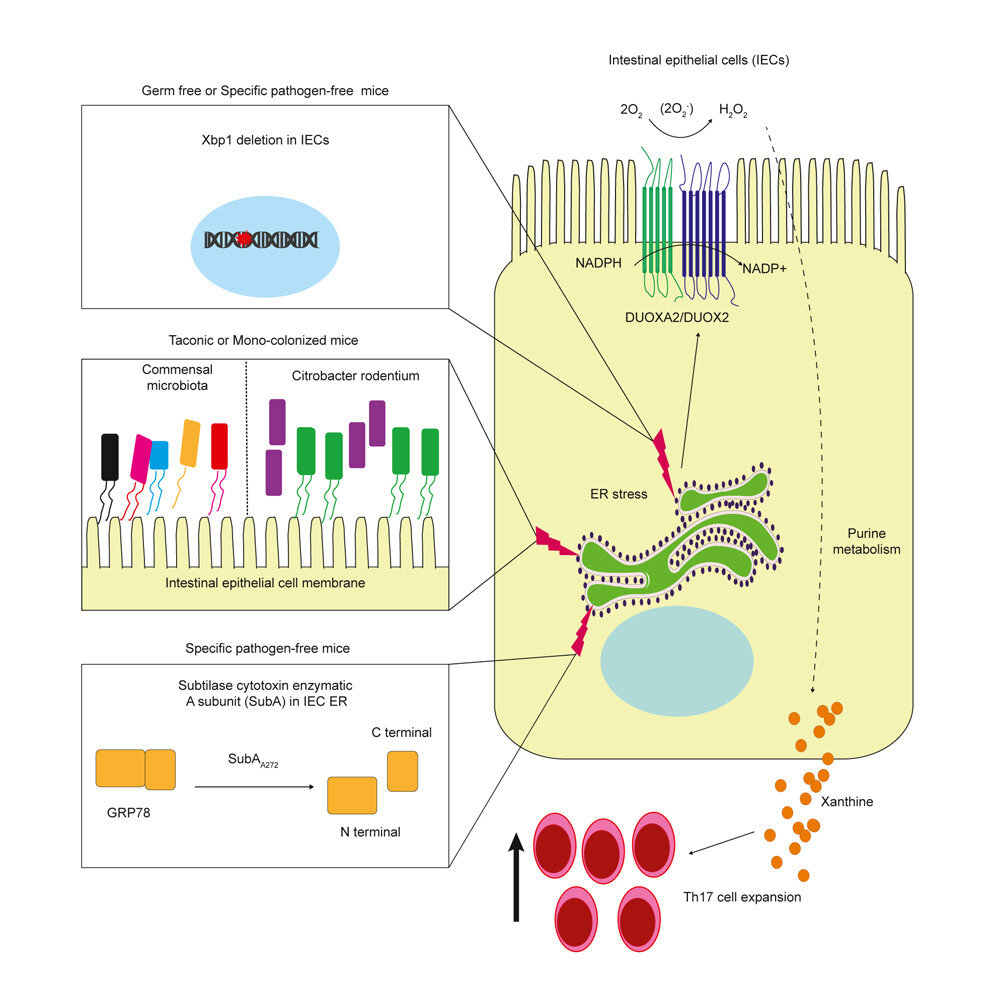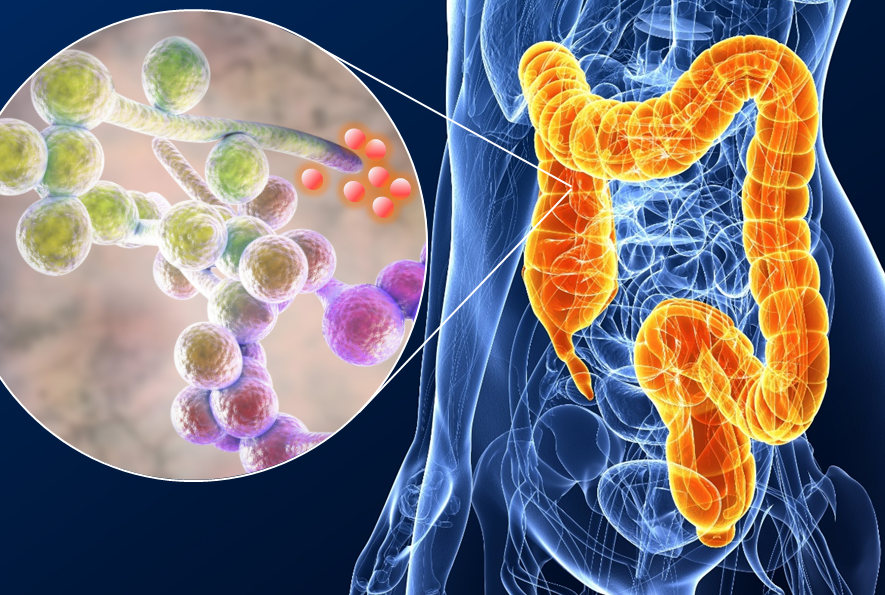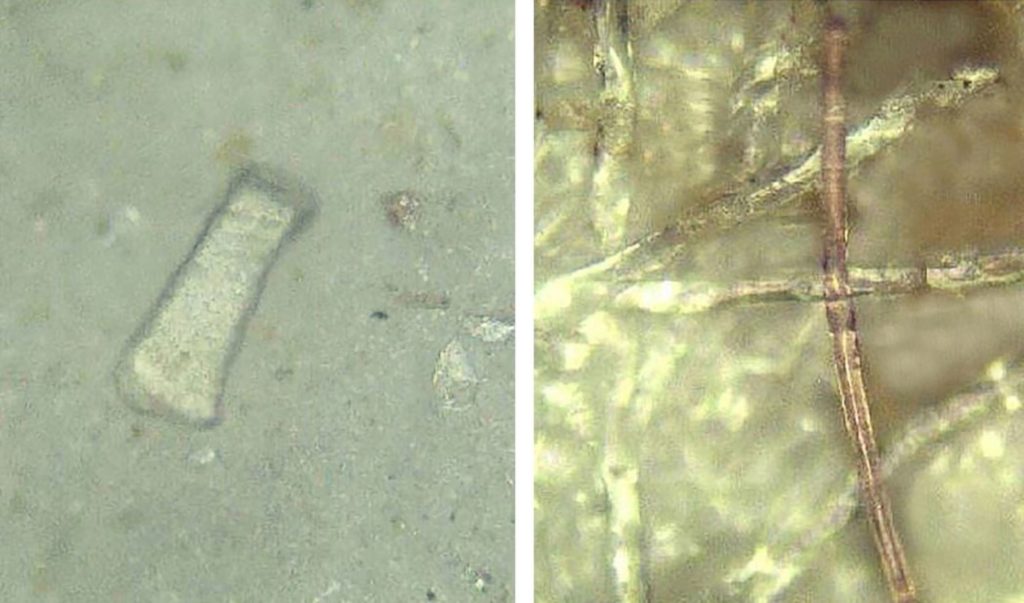
A new study by researchers at the University of British Columbia (UBC) and BC Children’s Hospital shows the sugar sialic acid, which makes up part of the protective intestinal mucus layer, fuels disease-causing bacteria in the gut.
The findings, published in PNAS, suggest a potential treatment target for intestinal bacterial infections and a range of chronic diseases linked to gut bacteria, including inflammatory bowel disease (IBD), celiac disease, IBS and short bowel syndrome.
“Bacteria need to find a place in our intestines to take hold, establish and expand, and then they need to overcome all the different defenses that normally protect our gut,” says Dr...
Read More







Recent Comments